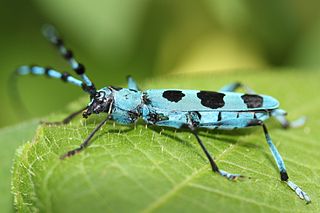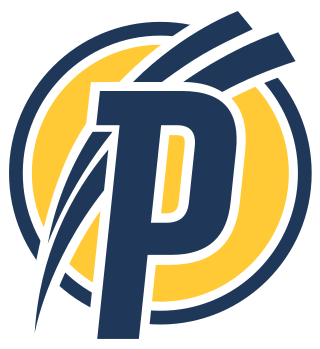
The Milesians or sons of Míl are the final race to settle in Ireland, according to the Lebor Gabála Érenn, a medieval Irish Christian history. The Milesians represent the Irish people. They are Gaels who sail to Ireland from Iberia (Hispania) after spending hundreds of years travelling the Earth. When they land in Ireland, they contend with the Tuatha Dé Danann, who represent the Irish pantheon of gods. The two groups agree to divide Ireland between them: the Milesians take the world above, while the Tuath Dé take the world below.

Martin Eugene Mull was an American comic actor whose career included contributions as a musician and painter. He became known on Mary Hartman, Mary Hartman, its spin-off Fernwood 2 Night, and America 2 Night. Other notable roles included Colonel Mustard in the 1985 film Clue, Leon Carp on Roseanne, Willard Kraft on Sabrina the Teenage Witch, Vlad Masters / Vlad Plasmius on Danny Phantom, and Gene Parmesan on Arrested Development. He had a recurring role on Two and a Half Men as Russell, a drug-using, humorous pharmacist.

Group Sonangol is a parastatal that formerly oversaw petroleum and natural gas production in Angola. The group consisted of Sonangol E.P. and its many subsidiaries. The subsidiaries generally had Sonangol E.P. as a primary client, along with other corporate, commercial, and individual clients. In 2023, Sonangol produced 202,000 barrels of oil with an income of US$ 10.9 billion.

Nanjing University (NJU) is a public university in Jiangsu, China. It is affiliated and sponsored by the Ministry of Education. The university is part of Project 211, Project 985, and the Double First-Class Construction. The university is a member of the C9 League.

Dorcasominae is a subfamily in the longhorn beetle family Cerambycidae. There are about 14 genera and more than 30 described species in Dorcasominae, found mainly in Asia and Africa. These genera are sometimes considered members of the tribe Dorcasomini, which would be the only tribe of this subfamily. This classification is in accordance with the TITAN Cerambycidae database, Catalogue of Life, and Photographic Catalog of the Cerambycidae of the Old World. It is similar to that of Bouchard et al. in "Family-group names in Coleoptera", 2011.

Compsocerini is a tribe of beetles in the subfamily Cerambycinae, containing the following genera:

Puskás Akadémia Football Club is a professional football club based in Felcsút, Hungary, that competes in the Nemzeti Bajnokság I, the top flight of Hungarian football.
Lepturgantes is a genus of beetles in the family Cerambycidae. The genus is placed in subfamily Lamiinae and tribe Acanthocinini.

Apomecynini is a tribe of longhorn beetles of the subfamily Lamiinae.

Colobotheini is a tribe of longhorn beetles of the subfamily Lamiinae.
Eremon is a genus of flat-faced longhorns in the beetle family Cerambycidae. There are at least two described species in Eremon, found in Africa.
Eremon mycerinoides is a species in the longhorn beetle family Cerambycidae. It is found in the African countries of Republic of the Congo, Togo, Ivory Coast, the DR Congo, Gabon, the Central African Republic, Cameroon, and Guinea.

Nong's Khao Man Gai is a Thai restaurant located in Portland, Oregon which primarily serves Khao man gai, a chicken and rice dish originating in Southeast Asia.









